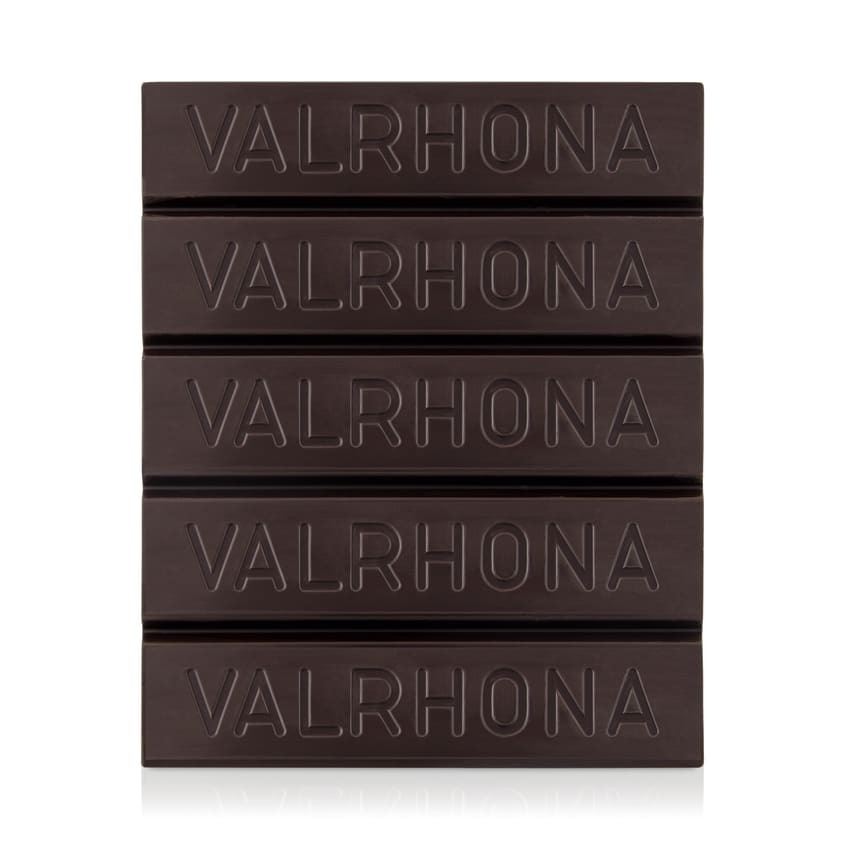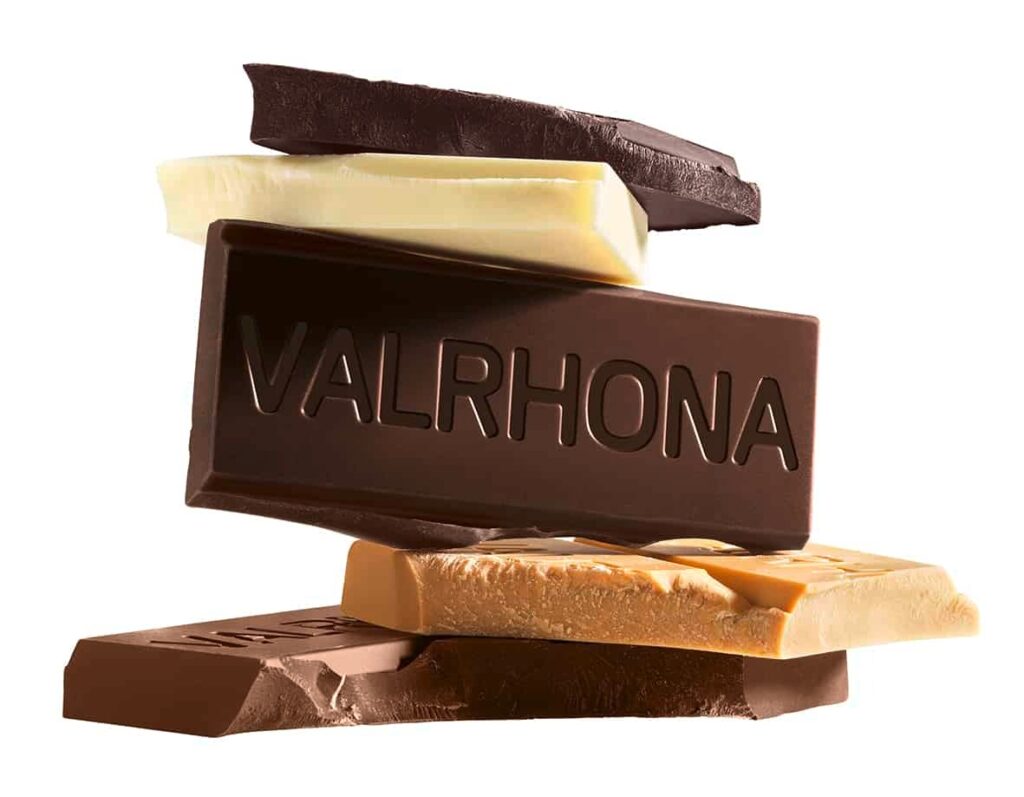In celebration of National Bittersweet Chocolate Day on January 10th, let’s delve into a brief narrative about the enchanting and delicious world of bittersweet chocolate.
Once upon a time, in the lush landscapes of Central and South America, ancient civilizations cultivated and cherished a divine treasure – the cacao bean. Little did they know that this humble bean would undergo a transformative journey, eventually leading to the creation of the bittersweet chocolate we savor today.

Our story begins in the heart of the Aztec and Maya civilizations, where cacao was deemed a sacred gift from the gods. These early Mesoamerican cultures believed in the mystical properties of the cacao bean, using it not only for sustenance but also in religious ceremonies and as a form of currency.
The transformation of the cacao bean into chocolate began when Spanish explorers, such as Hernán Cortés, encountered the indigenous people of Mesoamerica during the 16th century. Initially introduced to the bitter and frothy beverage made from crushed cacao beans, the Europeans brought this newfound treasure back to their homeland.
In Europe, the bitter flavor of the cacao drink underwent various modifications. Sweeteners like honey and sugar were added to temper the bitterness, leading to the evolution of chocolate as a confection. The term “bittersweet chocolate” emerged much later, reflecting the balance between the bitter taste of pure cacao and the sweetness introduced by sugar.
As time marched on, technological advancements in chocolate production allowed for the creation of smoother and more refined chocolates. The development of conching, a process that grinds chocolate particles into smoother textures, contributed to the luxurious and velvety consistency of bittersweet chocolate.
Bittersweet chocolate, defined by its higher cocoa content and lower sugar content compared to semi-sweet chocolate, has become a culinary delight enjoyed in various forms – from bars to truffles and beyond. Its complex flavor profile, with a perfect marriage of bitter and sweet notes, elevates both savory and dessert dishes.
The bittersweet journey of chocolate, from the sacred elixir of ancient civilizations to the refined delicacy of the modern world, mirrors the intricate dance of flavors in every bite of this dark indulgence. As we savor a piece of bittersweet chocolate, we honor the rich history and cultural tapestry woven into its existence, making each moment a truly delightful experience – a sweet tribute to the enduring legacy of the cacao bean.
What is Bittersweet Chocolate?

Bittersweet chocolate, a sublime creation derived from the cacao bean, is a complex and indulgent treat that captivates the senses with its rich flavor and velvety texture. This distinguished chocolate variety stands out for its higher cocoa content and nuanced balance between bitter and sweet notes, making it a favorite among connoisseurs and culinary enthusiasts. Most experts and chocolate companies define bittersweet chocolate as 70% cocoa solids.
In “Cooking with Chocolate: Essential Recipes and Techniques,” Valrhona’s 70% chocolate is comprised of about 80 to 90 percent cocoa paste (beans) and added cocoa butter. Less than 0.5 percent is natural vanilla and lecithin, with the rest comprising of sugar.
When a bar’s label displays 70 percent cocoa, the remaining percentage signifies the sugar content. It might be assumed that higher cocoa percentages correlate with lower sugar levels. However, the taste of cocoa can differ significantly. Certain beans yield a milder, sweeter chocolate, while others result in a more intense flavor. As a result, there are 80 percent cocoa chocolates that prove inedible, while some 85 percent cocoa varieties are robust and aromatic without being excessively bitter.
Semi-sweet chocolate and bittersweet chocolate are very similar and most home cooks can use these interchangeably. Bittersweet chocolate is a version of dark chocolate intended for baking with a low amount of sugar. Semi-sweet chocolate includes more sugar, resulting in a somewhat sweeter confection, but generally, the two are largely interchangeable in baking. Professional chefs typically will pay closer attention to the percentage of cocoa solids found in chocolate and use specific chocolates for different recipes.
According to Tasting Table, “Bittersweet chocolate is considered a step up in chocolate intensity from semi-sweet, but it can be difficult to differentiate them at times because chocolate brands on the market can list semisweet and bittersweet chocolates anywhere between 54% to more than 70% cacao. This means that a semi-sweet chocolate bar from one brand may have the same intensity as a bittersweet chocolate bar from another and vice versa.”
Another difference between semi-sweet chocolate and bittersweet chocolate is texture. Since semi-sweet chocolate has a smoother, creamier texture than bittersweet chocolate. Although you typically cannot tell the difference between semi-sweet and bittersweet chocolate just by feel, you can distinguish them by their color.

If you put milk, semi-sweet, and dark chocolate side-by-side, it is easy to determine which is which. Bittersweet chocolate will be the darkest in color. Milk chocolate will be the lightest and semi-sweet chocolate will be darker than the milk chocolate but not that of the bittersweet.
As a rule of thumb, darker chocolates are more suitable for recipes that demand a profound, bitter chocolate essence or for baked goods that incorporate additional sweet ingredients to counterbalance the bitterness, according to MasterClass. Culinary creations such as brownies, chocolate chip cookies, truffles, hot chocolate, chocolate mousse, and chocolate cake can all benefit from the robust profile of dark chocolate.
On the flip side, lighter chocolates are ideal for achieving a gentler chocolate flavor, often blended with other tastes, especially in recipes where minimal sugar or sweeteners are desired. Delightful additions of light chocolate can be found in muffins, pancakes, and chocolate bars.
Characteristics of Bittersweet Chocolate
Appearance: Bittersweet chocolate presents itself in various forms, commonly as dark brown, glossy bars, discs, or chunks. The surface often carries a sheen, hinting at the high cocoa butter content, which contributes to its smooth and luxurious texture. The color may vary depending on the cocoa bean origin and processing methods, ranging from deep mahogany to ebony.
Texture: One of the defining features of bittersweet chocolate is its sumptuous texture. When broken, it emits a satisfying snap, indicating the precise tempering of the chocolate. The mouthfeel is exceptionally smooth and velvety, a result of the conching process that grinds and refines the cocoa particles to achieve a delicate consistency. As it melts on the palate, it unveils a luscious and lingering creaminess.
Flavor Profile: True to its name, bittersweet chocolate offers a sophisticated interplay of bitter and sweet flavors. The bitterness is derived from the high cocoa content, usually ranging from 50% to 90% cocoa solids. This intensity is complemented by a restrained sweetness, as bittersweet chocolate contains less sugar than its semi-sweet counterpart. The flavor spectrum encompasses deep, earthy undertones, sometimes accompanied by fruity, floral, or even spicy notes, depending on the cacao bean’s origin.
Cocoa Content: The cocoa content is a crucial element that distinguishes bittersweet chocolate. It typically contains a minimum of 35% cocoa solids, with higher-quality variations boasting percentages well above 50%. The richness and complexity of the chocolate deepen as the cocoa content increases, offering a more profound chocolate experience.
Versatility in Culinary Applications: Bittersweet chocolate’s versatility extends beyond the realm of standalone indulgence. Renowned for its ability to enhance both sweet and savory dishes, it is a staple ingredient in gourmet recipes. From decadent desserts like truffles, brownies, and ganaches to savory applications in rich mole sauces or as a sophisticated coating for fruits and nuts, bittersweet chocolate elevates culinary creations to new heights.
In essence, bittersweet chocolate is a testament to the craftsmanship and artistry of chocolate making. Its alluring appearance, captivating texture, and harmonious flavor profile make it a timeless and sophisticated choice for those seeking a truly indulgent chocolate experience. Whether savored on its own or incorporated into culinary masterpieces, bittersweet chocolate remains a symbol of the exquisite journey from cacao bean to culinary delight.
Looking for books on chocolate? Check out our recommendations for our favorite books on chocolate.